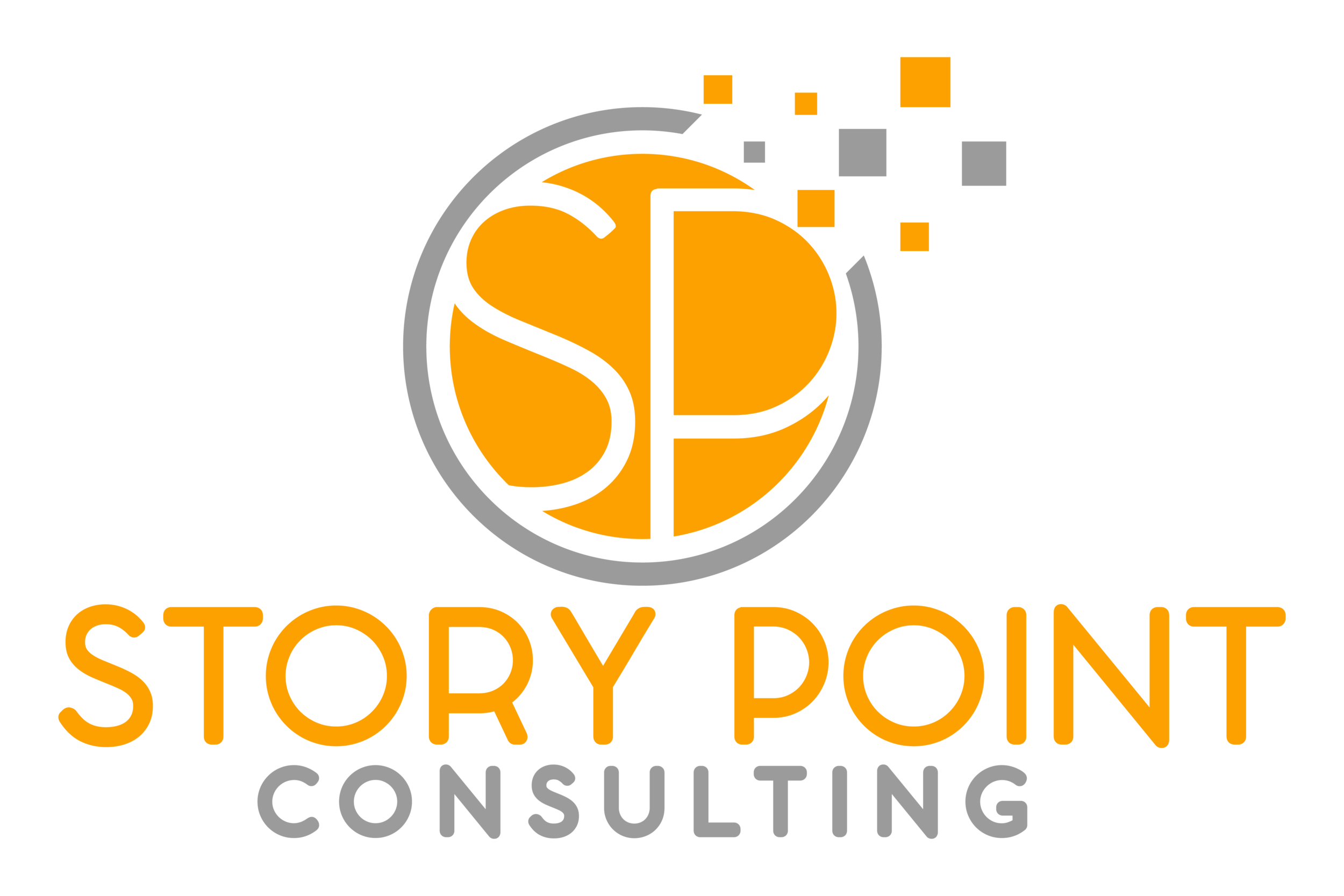Grant Success Simplified: Standardizing Your Writing Process
Grants can seem like a double edged sword at times for many organizations. On one hand they provide much needed funding for their worthy projects and initiatives. But, on the other hand many charities and nonprofits struggle with grant writing. Whether its lack of staff that can dedicate time to writing a grant application, or the complexity of some grant applications and proposals, these challenges can make it difficult to secure funding. In this article we will discuss the benefits of standardizing your organization’s grant writing process which will ultimately lead to more successful grant applications.
Understanding the grant writing process
The grant writing process, often referred to as the grant cycle, is simply the process of researching potential grants best suited to your organization, writing the grant application, and if you are awarded the grant, reporting back to the funder.
Even though this seems to be a simple process, there are challenges that organizations might face when writing their grant application. For organizations that are not able to hire a grant writer, there may be multiple staff or volunteers that contribute to writing grants and without a process this may lead to inconsistent messaging, grants not submitted on time, or even an incomplete application that can hinder the success of the organization’s proposal.
Benefits of standardizing your writing process
Using a template to streamline your grant writing process offers numerous benefits. First, it saves valuable time. By standardizing the grant writing process, you can streamline repetitive tasks, allowing your team to concentrate on crafting compelling content instead of reinventing the wheel with each new proposal. Furthermore, templates can provide consistency in your message which ensures there is a unified voice across all of your proposals which can make your grant application stronger. And lastly, using a template ensures improved accuracy. When the entire team adheres to a standardized format, it minimizes the risk of errors and missing critical information, so that all necessary information is included in the proposal.
Key elements of a grant writing template
Funders often request key details about your organization to ensure they have enough knowledge to make a sound investment. Some key elements include:
The problem that your organization addresses. You will need to articulate your needs statement that outlines the issue that your organization aims to solve.
Measurable targets. Your organization should highlight clear goals and objectives that are not only ambitious but realistic for your organization to achieve.
Outline of your approach. This will detail the methods and strategies your organization will undertake to achieve your goals.
Detailed and realistic budget. For a strong grant budget it needs to be detailed and practical, and most importantly transparent to funders.
How you will measure success. Your organization will need to explain the plan you have to evaluate the success of your project and assess how effective it was.
Customization for each funder. Even though you need to tailor each application to specific funders, having a standardized template provides a strong foundation. This ensures that you cover all critical aspects while allowing for customization to meet each funder’s unique requirements.
Steps to create a grant writing template
Creating a grant template involves several essential steps. Here’s how to get started:
Assess your current process. Identify areas where your current grant writing process can be improved. This step will provide a clear starting point for implementing effective changes to your current process.
Gather input from your team. Involve staff and stakeholders in the development of the template to ensure it meets the needs of your organization. Their feedback will help create a tool that everyone can use, and tailored to your specific goals.
Draft the template. Organizations can refer to previous grant applications or proposals to identify key sections that should be included. Also, make sure the template is flexible and can be customized for different grant applications as this ensures that the template remains useful for different funding opportunities.
Train the team. Provide training to ensure that everyone understands how to use the grant template. This will ensure consistent, high-quality grant submissions from everyone involved in the grant writing process.
Update the template. Keep it current by incorporating feedback from previous grant applications. This will ensure that your template continuously improves for future funding opportunities.
Using a template to standardize your grant writing process offers numerous benefits. It saves your organization time, ensures consistency in your messaging, and guarantees that all necessary information is included in the proposal. By implementing these practical strategies, you can significantly improve the success rate of your grant applications. Embrace these best practices to elevate your organization's grant writing efforts and secure the funding needed to achieve your goals.

